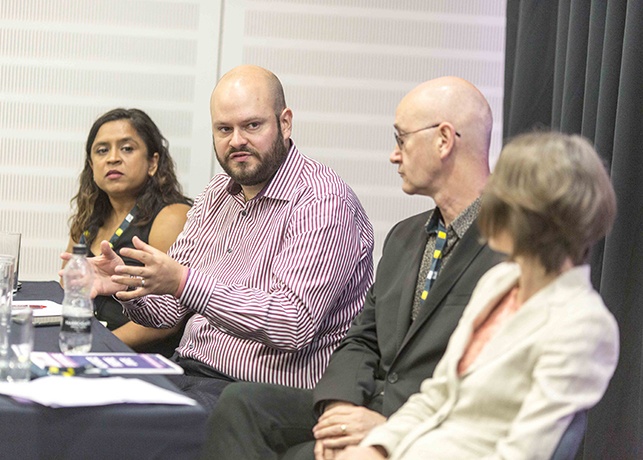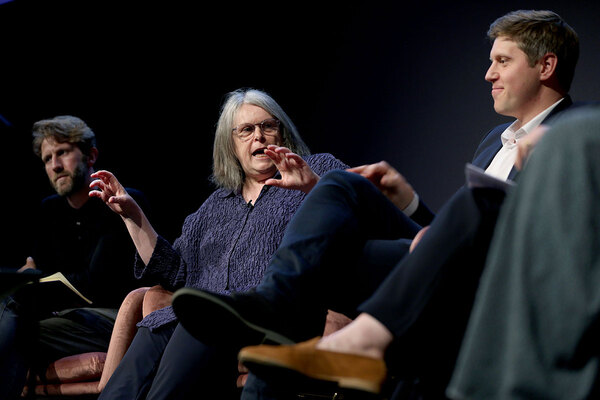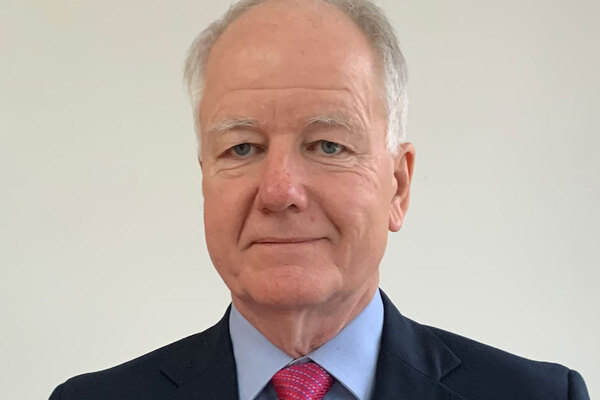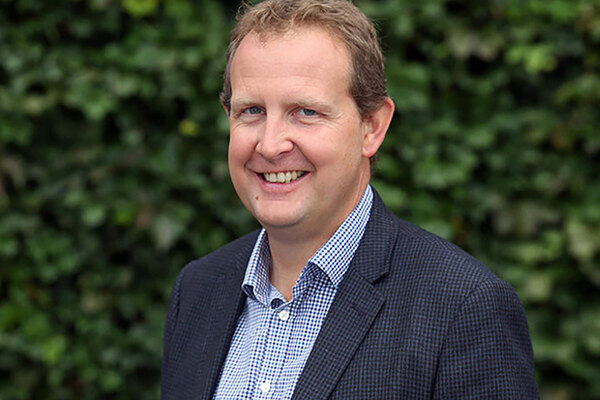Winning hearts and minds
How can social landlords get residents on board with regeneration projects? Inside Housing reports

Source: Guzelian
Above – left to right: Manisha Patel, PRP; Philip Glanville, Hackney Council; Paul Quinn, Circle Housing; Abigail Davies, TPAS
In association with:

Social landlords embark on regeneration with laudable aims of improving estates and building homes - but increasingly are accused of being agents of gentrification and social cleansing by existing tenants.
Inside Housing, in partnership with Circle Housing, hosted a breakfast briefing discussion at Housing 2016 conference in Manchester to explore this problem and find a way forward.
“It doesn’t get any easier,” says Mike Ward, Circle’s executive director for new business, as he introduces the session.
“We’re all seeing the challenges and push-back from communities.”
Paul Quinn, director of Merton regeneration at Circle, says anyone can build houses, but when it comes to regeneration it is crucial to retain existing communities.
“We talk about place making, but these already are places.”
Circle’s regeneration programme includes the High Path scheme in Mitcham Eastfields, south London. The plan is to double the number of homes on three estates from 1,260 to 2,700.
“We only own 60% of those homes and have 40% to acquire so it’s quite a complicated structure we have to arrange,” Mr Quinn explains. He says there were a lot of “angry, shouty” meetings as residents who bought their home - leaseholders and freeholders - felt under threat from compulsory purchase orders.
“There are two processes running here, the physical design-led consultation - the master plan, models and all the rest of it - but in parallel with that is the conversation with people about what is the offer for them.”

Source: Guzelian
Circle’s answer was to buy back homes at an average cost of £510,000 each on a “new for old” basis, and not go down the shared equity route.
“It puts extra cost into the project, and there were some tricky discussions with our executive director of finance to get it, but this is the bit of the project that makes it fly,” says Mr Quinn.
Opposition
Abigail Davies, policy adviser at TPAS, says she understands the psychology of opposition.
“On the face of it, it seems a little surprising that residents object to regeneration schemes, when professional people are there trying to make a place better.
“But of course, if you look a little bit more closely it’s obvious that anybody would react negatively when faced with a proposal that pulls down everything that they recognise.”
Residents, she says, can feel overwhelmed by the “behemoth” of a scheme and as a result want to fight back. To overcome this, she advocates communities being made absolutely central in the process, by making clear to them who is in control of what is going on and giving tenants the power to influence it.
Philip Glanville, acting deputy mayor and cabinet member for housing at Hackney Council, says his authority is involved in four “very different” programmes involving partnerships with housing associations and developers including Berkley Homes, Genesis and L&Q, as well as the council’s own programme to deliver 2,700 homes.
“A common thread is strong resident involvement,” he says. “Across all those programmes there are steering groups, and the council - alongside residents - is the key element of trust within those different forms of delivery.”

Source: Guzelian
Mr Glanville stresses the importance of “transparent” local offers to residents and minimising the break-up of communities.
He echoes a common theme of the session in involving residents in the master plan.
For the council, a dedicated in-house team has helped to build up trust and as a result residents understand that the viability of the programme, which includes 52% “generally affordable” homes, depends on sale of private homes.
This is in contrast to previous regeneration partnerships that had failed and “led to stormy relationships”, he says.
Manisha Patel, partner at PRP Architects, says the public realm is a “very important” factor in regeneration schemes that her firm has had to battle for.
“One of the key things at the moment is social media, such as Twitter,” she adds.
“Social media consultation has become a big thing. We have actually used a lot of these methods and I have to say the traditional methods work better than most because you can get a lot of negativity using social media and that has to be managed.”
Social cleansing
Nick Duxbury, Inside Housing executive editor, is chairing the session. He brings up an accusation often levelled at developers by residents around “social cleansing and gentrification”.
“More often than not the complaint is that the replacement homes won’t be like-for-like, and that residents will be priced out of their own communities. How can developers overcome this problem?”
Mr Glanville answers that it is important to be clear from the start why a regeneration scheme is taking place.
“There will be difficult discussions. You’ve got to think about how those homes are marketed and sold, but it does depend on how much control you have within your partnership.”

Source: Guzelian
He adds that marketing homes locally was a key aspect of the programme in Haggerston, London, and this gave local people the confidence they were part of future plans. But he warns complaints over gentrification cannot be prevented entirely.
But will developers will be able to find the extra money that Mr Quinn describes as “essential” in keeping leaseholders and freeholders happy?
Drawing lessons
Lessons can be learnt from past regenerations, points out Ms Davies from TPAS.
“If you look at the housing market renewal pathfinders, swathes of people who thought their community was going to be turned around then discovered they could not live there and had to leave. The shared equity deal didn’t work for them,” she says.
Mr Quinn admits Circle picks up a “fair bit of flak”. But he says door-knocking, public meetings and consultation events are “still 99% of the matter”.
“It’s about giving power,” Ms Davies chips in. “There are regeneration schemes where residents themselves have organised the meetings. It changes the dynamic and can build respect.”
An audience member brings up the problem of negative press stories. Mr Glanville points out that residents who are part of the long-term regeneration process can be “quite savvy” and have been known to defend schemes against criticism.
Ms Davies is asked whether developers are too often painted as the bad guys who embody the forces of gentrification.
“I think the way national policy is framed is not particularly helpful, that estates are ghettoes that need to be transformed.” she responds. “If you’re being told by the prime minister that you’re a deprived person living in a ghetto it doesn’t feel right. You kind of know that what’s being said is ‘you’ve got a lot of land and we need it’.”
Mr Glanville agrees. “It’s up to us to push back against that agenda.”







